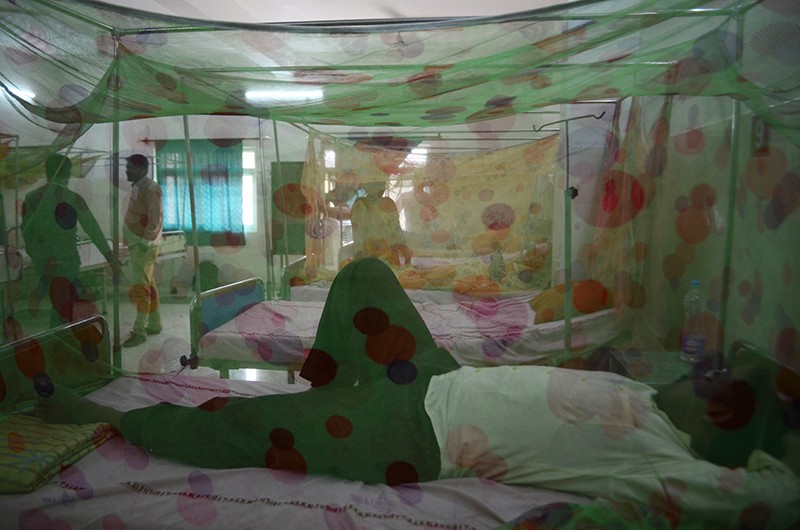Skip to main content
"With this method, Krogan’s team identified 28 proteins in both people and mosquitoes that interact with both Zika and dengue viruses. One of these proteins, SEC61, normally shuttles other proteins around inside of cells.
Krogan suspected that the viruses might usurp SEC61 for their own transportation needs. To test this idea, the team treated cells infected with dengue or Zika with a chemical that inhibits SEC61, and found that both viruses couldn’t replicate.
That chemical is currently being tested as a cancer treatment, says Krogan. He suggests that it could one day be developed into a therapy for dengue and Zika — infections that result in fevers and, occasionally, death. Development of such a therapy could be hindered by the possible side effects of targeting proteins that are vital to cellular functions, because that could cause as much damage as the diseases themselves.
The team also discovered that a protein in humans and mosquitoes, ANKLE2, seemed integral to microcephaly — a brain abnormality seen in babies infected with Zika in utero. ANKLE2 is involved in brain development, and when the researchers injected excess ANKLE2 into fruit flies infected with Zika, their brains developed normally compared with infected flies that didn’t receive the injections. It’s still unclear exactly how Zika influences ANKLE2, and how that leads to microcephaly."


Comments
Post a Comment